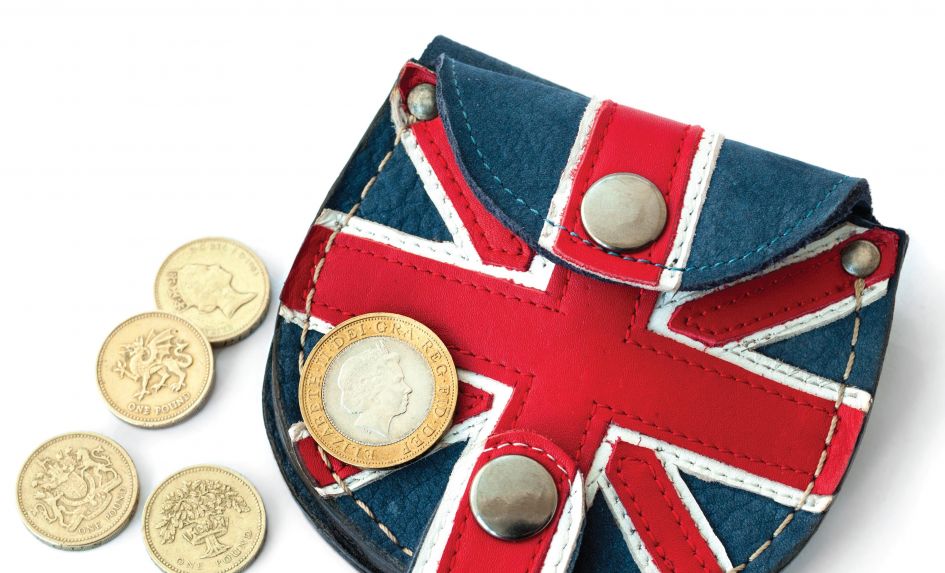Is holding some £2.4 billion pounds of public funds in reserves a good use of our money? In a note published in July this year, the DfE revealed that in August 2017 academies and their trusts were holding said sum in reserves against committed and potential future needs.
The proportion of trusts in this position seems to have recently declined, however. The DfE observed that, “Trust level data from 2016/17 shows 93.9% of trusts had a cumulative surplus or zero balance. This is a decrease of 0.6 percentage points from 94.5% of trusts in 2015/16. 95.7% of academies were in trusts that were in surplus or breaking even at the end of 2016/17.”
While noting that figures couldn’t be provided at an individual school level, the DfE went on to state that “Smaller trusts are more likely to have a deficit. This means that only 4.3% of academies were in trusts that were in deficit at the end of 2016/17.”
Of course, it’s possible for some schools in a trust to have positive balances and for others to be in deficit. Following Lord Agnew’s recent letter to academy trust auditors, it’s perfectly possible to transfer funds between schools in this situation – something not possible in the maintained sector.
The DfE’s note doesn’t seem to consider whether benchmarks for levels of reserves are appropriate for academies and MATs. In the past, 5% of turnover was considered sufficient for secondary schools, and 8% for primary schools, to hold as reserves. Even allowing for central costs, MATs shouldn’t be holding such significant amounts.
I have some concerns regarding the DfE note’s use of a chart indicating that the net position of the trusts with positive reserves stood at £2.5 billion, while trusts in cumulative deficit had a total net deficit of £65 million. The net position for the academies sector as a whole, it concludes, “was a positive reserve of £2.4 billion.”
Laypersons looking at this chart and accompanying text might think that ‘net position’ was achieved because deficits could be offset against surpluses. As noted, that is indeed possible among schools within a specific trust, but not between schools in different trusts, as far as I’m aware. The chart ought to be split into two sections: one showing deficits that can be covered within a MAT, and another showing MATs where all schools are in deficit or standalone academies with no current provision for covering their deficits, other than by reducing expenditure.
The STRB could be made aware of any regional trends among schools with deficits that might relate to pay decisions. The alternative is that schools and MATs in deficit are simply found all around the country and are the product of poor leadership, rather than the consequence of certain policy decisions.
Professor John Howson is the chair of TeachVac, the free national vacancy service, and co-founder of Oxford Teacher Services.










